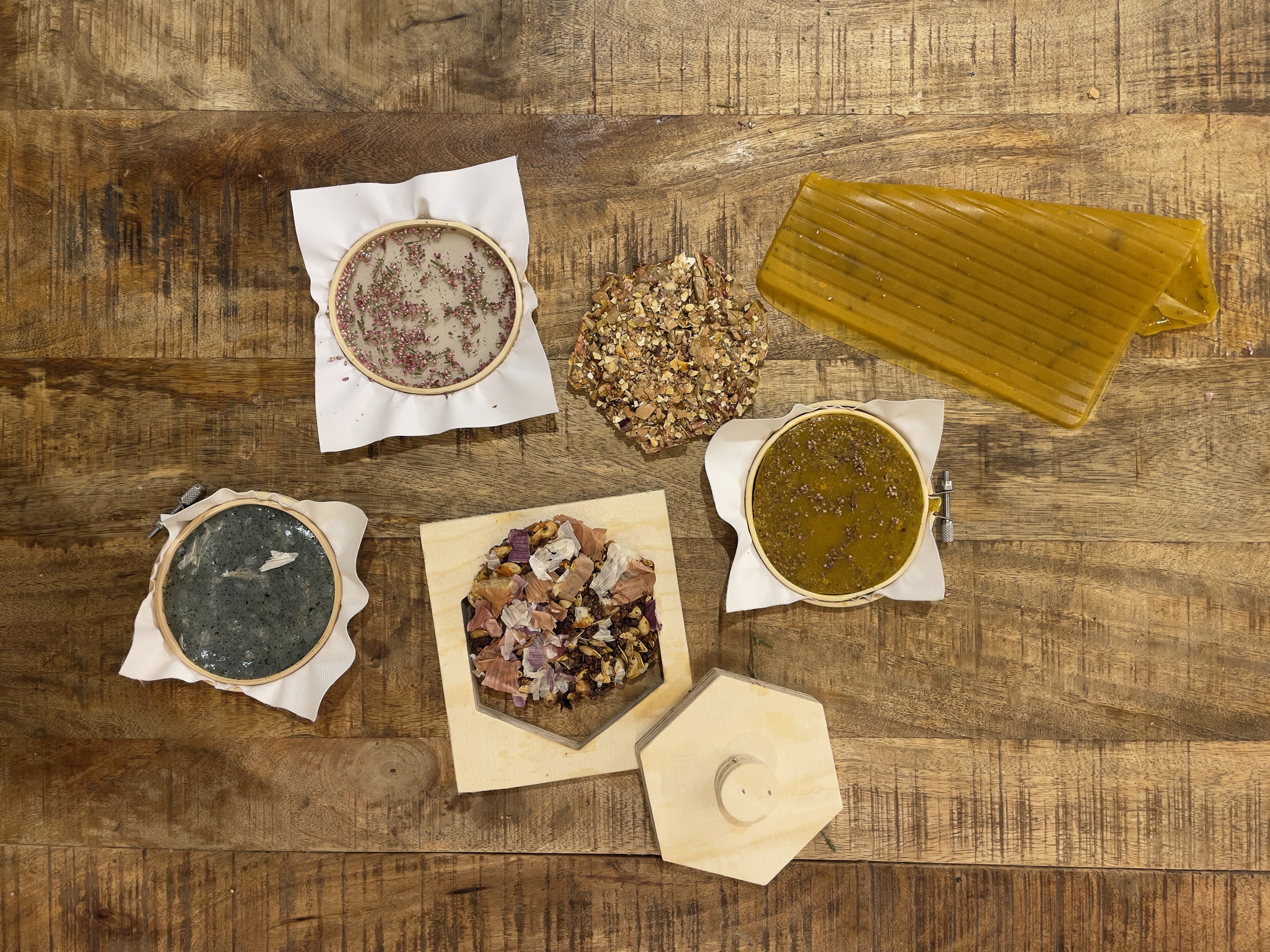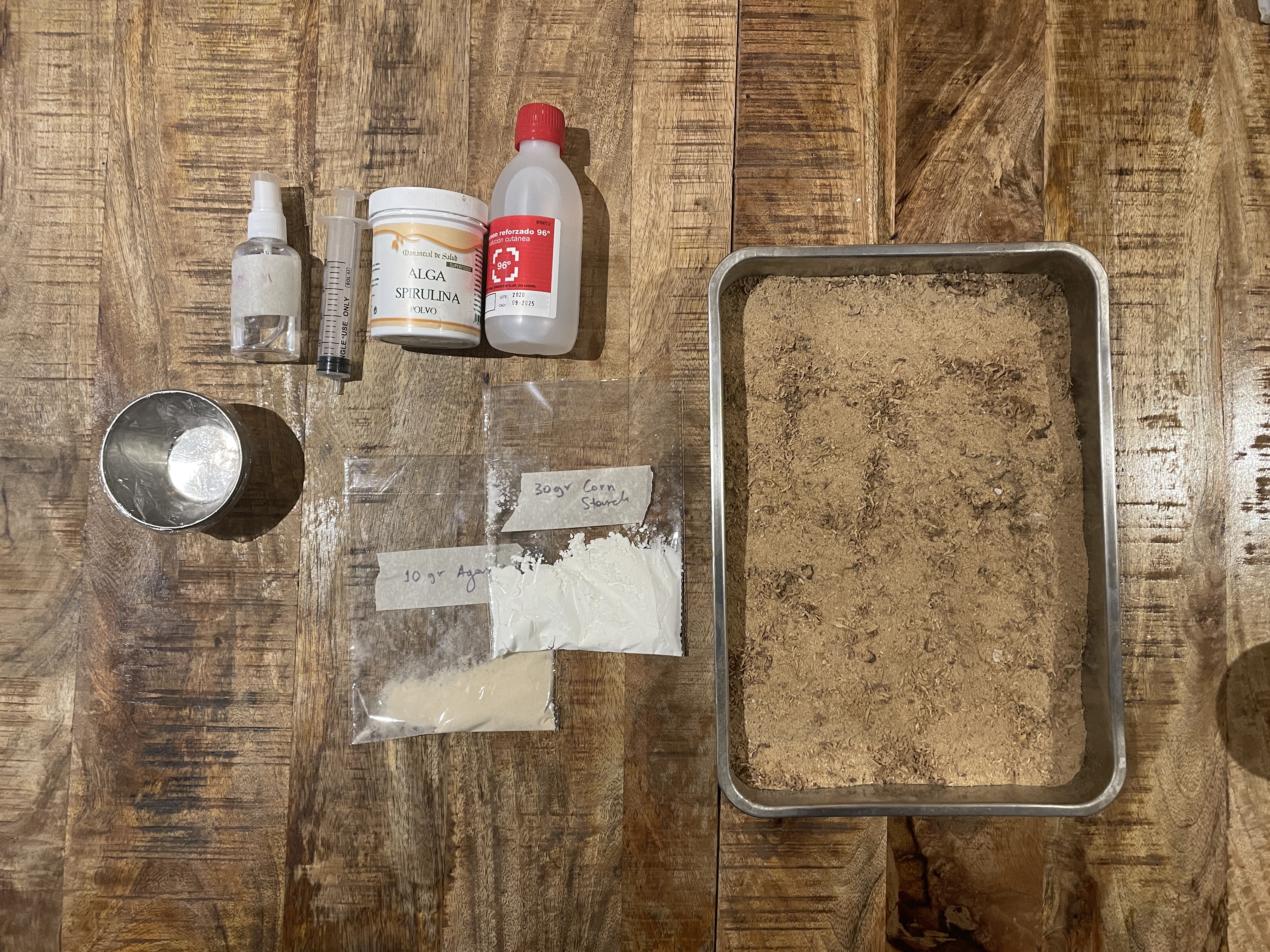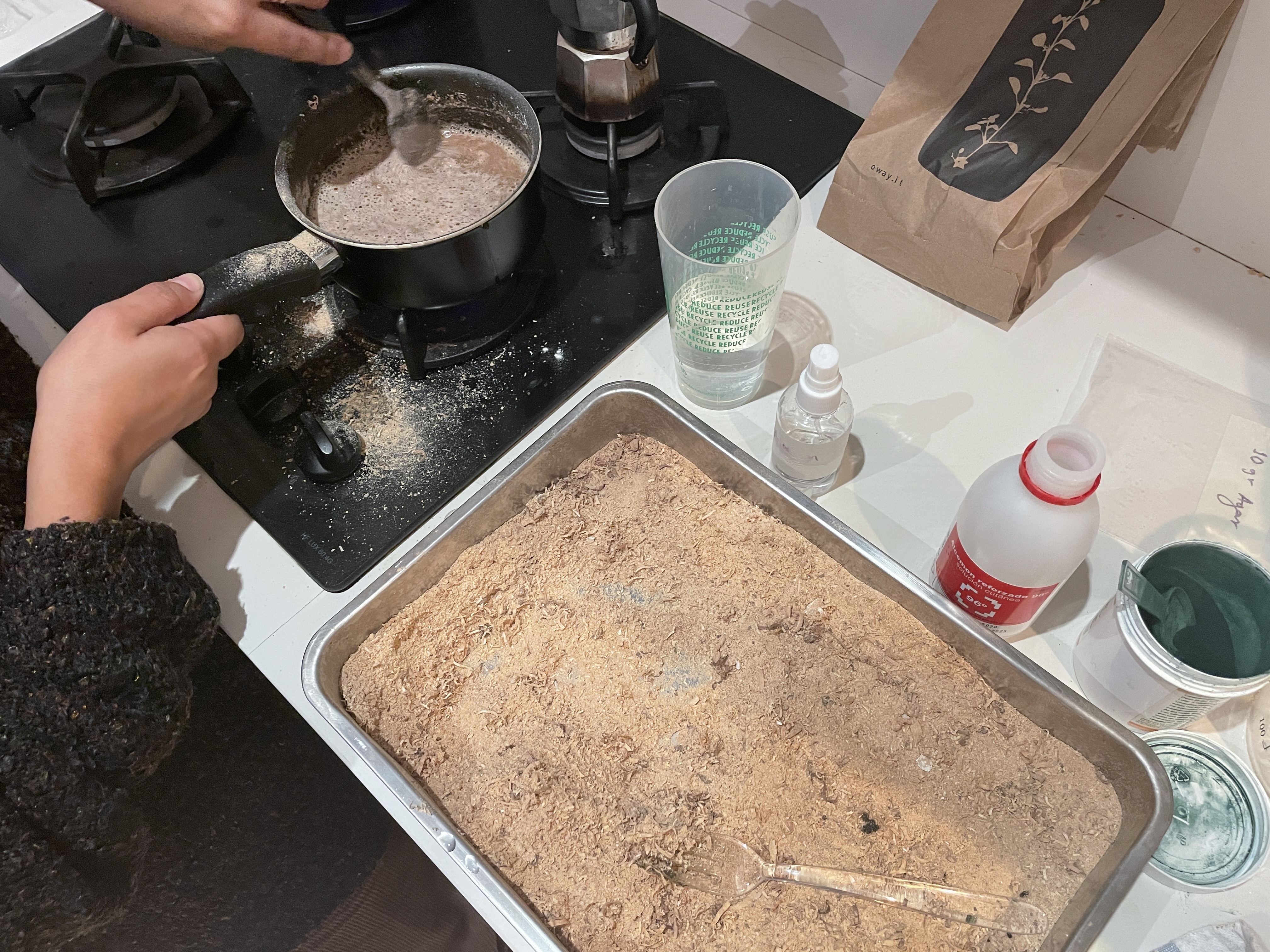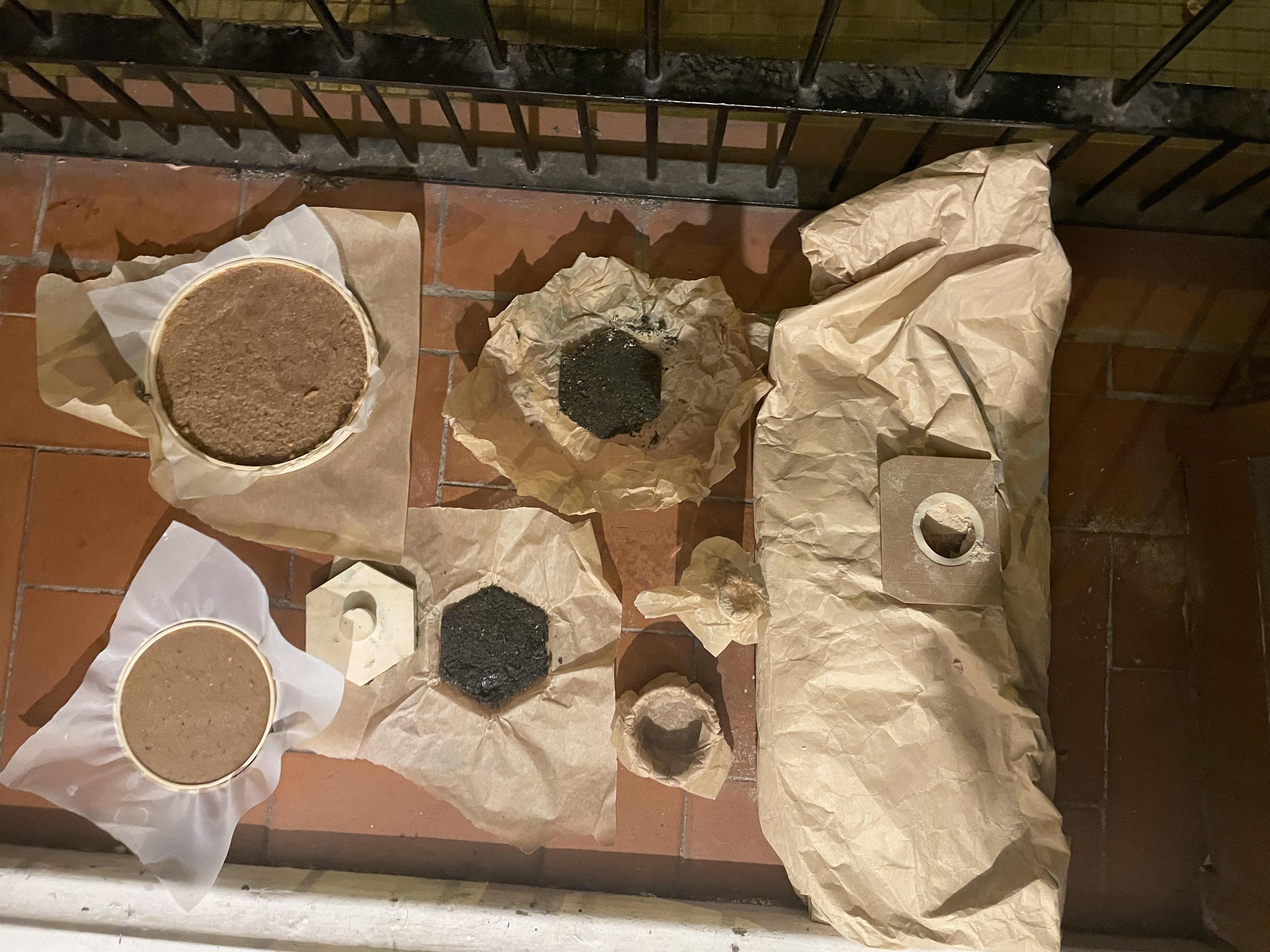Remixing Materials
I cannot not mention in these two reflections, that life changed a bit. Under the word of life, I’m thinking of sensing time, being physically somewhere or just how I can focus.
This week we had a class with Laura Freixas, the second part of our Remixing Materials course, the part where we contextualise the knowledge we acquired and the materials we collect. By this time I can confidentially say that I can actually acquire knowledge from a physical class by being there online. With these weeks when some bad energies are chasing me and making it impossible from me to attend at classes I studied a lot about myself and about the topics we are studying about, spending all the time by-myself and by my studies. Lauras presentation was very eye opening how they built and found a very diverse community around a very emergent topic, the usage of waste and the rethinking of our ecosystems of materials. Talking about communities I mean all the stakeholders they are involving in their practice, such as educating kids and schools, collaborating with many collectives and university students, and collaborating with business who can rethink their own eco-systems by studying from Laura’s practice.
First we had a task to think about wastes you can collect around the neighbourhood of Poblenou and ways of contextualising it. We live on the border of Poblenou, but we couldn't reach it, so we had to think about waste we generate in our own households and contextualise it in our very own context. Our main interests are (due to the starting limitation we have) recycled materials - firstly plastic and Hybrid living materials - firstly bacterial cellulose, all of them from household waste.
.jpg)
.jpg)
We both have a strong belief. We believe that the first and most important before step in a material cycle is that we would design new materials, to use by the already existing ones discarded. If not that we see a great potential in additive design, but under the sake of its natural way, therefore instead of us creating we will provide a platform to nature to create.
So with the aim of being able and do the first steps in our research, we started experimenting with household waste for making strong ad resilient materials from them. Later on we want to use the precious plastic machines to process our other wastes we collected, which is plastic and start experimenting with growing materials from household waste, for that we would like tor start building an incubator in the near future.






The phisycal remixing
The time when we got lucky and we were actually able to remix materials and remix the circular economy of a chosen small business in Poblenou.
So we went two times. First with very few sources of free time because of Fabacademy and later on the weekend we went again. First we met a hairdresser and studied his business. He tries to lead a no waste salon and the only waste he actually produces is hair. So he promised us, he will collect hair through the week and give it to us.Then on the weekend we came up with the idea that we should visit Transfolab, a small workshop - the heart and soul of Poblenou which we visited throughout our Bootcamp. We had a quick chat with it’s owner who feels very responsible for the neighbours around Poblenou - they collect the neighbourhoods waste and create projects from them with their makers, designers and residents. And when not these creatives are working, the neighbours give new life to their old products in their workshops.
The responsibility is huge in this workshop and the waste is very small. However there is a little niche - the sawdust they produce. So we asked them for it and they gave us a ton. We figure we want to turn it back to them in the form of sheets to their products, 3d printed homewares to their interior design projects or in recipes / educational methods to their workshops to teach their neighbors how to turn their only one waste after giving life to their old products to new materials.
On the way there we also met Baristas at Nomad and asked for grounded coffee waste to experiment with that too. And talked to Frutas Selectas as well, the pop up market where we buy our vegetables every week. They sell oysters to eat there, so they produce waste from the shell, we thought later we can experiment with that too.
After walking around Poblenou we brought all the material we got and started experimenting with them. The biggest inspiration was Materiom, so we started experimenting with their recipes from soft flexible to more rigid ones. And by studying from them we started iterating our recipes to reach:
- One material for sheets
- One for cork
- One for homeware
- One for more flexible use
Look at here our Miro board about our tour in Poblenou, about the possible uses and about our progress of creating the materials and
- Materials in Context
- Eco Design Strategy wheel
- Material lifecycle
- Swot analysis
- Material data sheet
- Material exploration
- Material reflection




